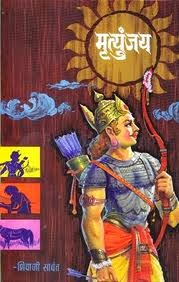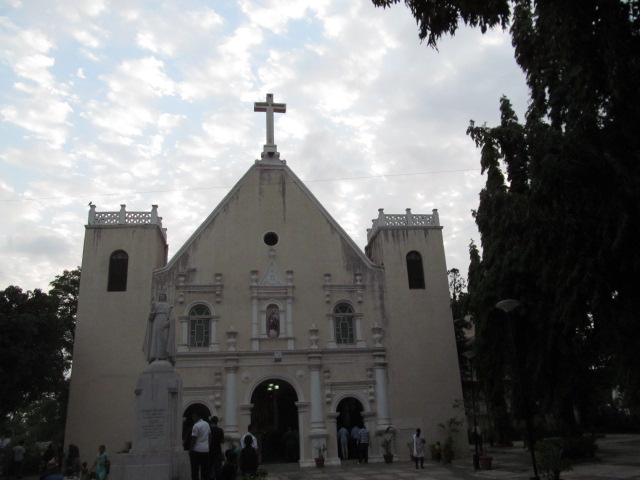National Railway Museum

The railways were first introduced in the Indian subcontinent from Bombay to Thane, a modest 34 km journey. In 1951, the railway system was nationalised as one unit, known today as the Indian Railways, becoming one of the world's largest networks. Today, Indian Railways is the world's ninth largest commercial or utility employers, by number of employees. Hence, it would not be wrong to say that India has had a rich railway heritage. The static exhibition of railway relics began in the late nineteenth century when items from the early days of the railways were put aside, rather than being discarded or sold as scrap. To such men goes the credit for the preservation of early railway history. The first museum devoted purely to the railways is said to be that of Hamar, in Norway as it was set up in 1896. John Westwood in his book Railway Preservation writes, "One of the world's most beautifully situated museums. Its collections include documents, pictures, track and s










